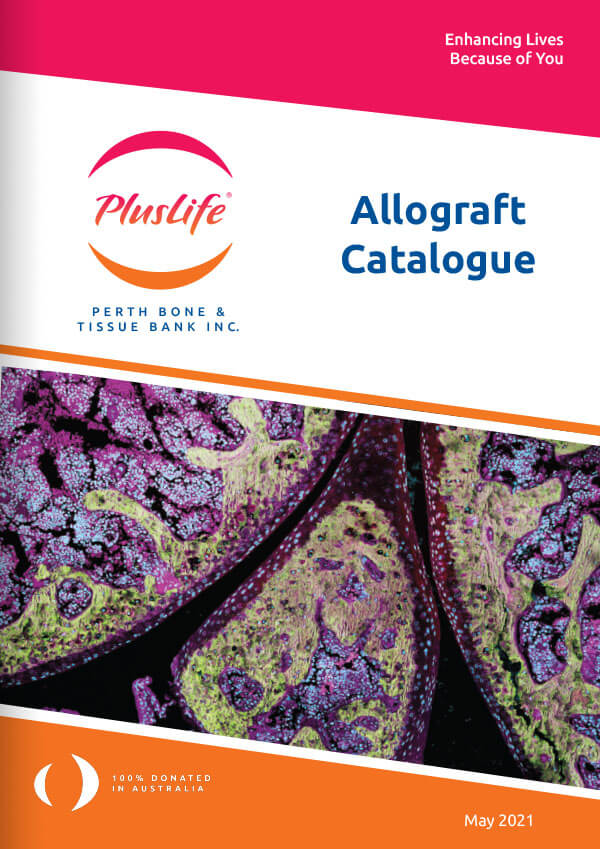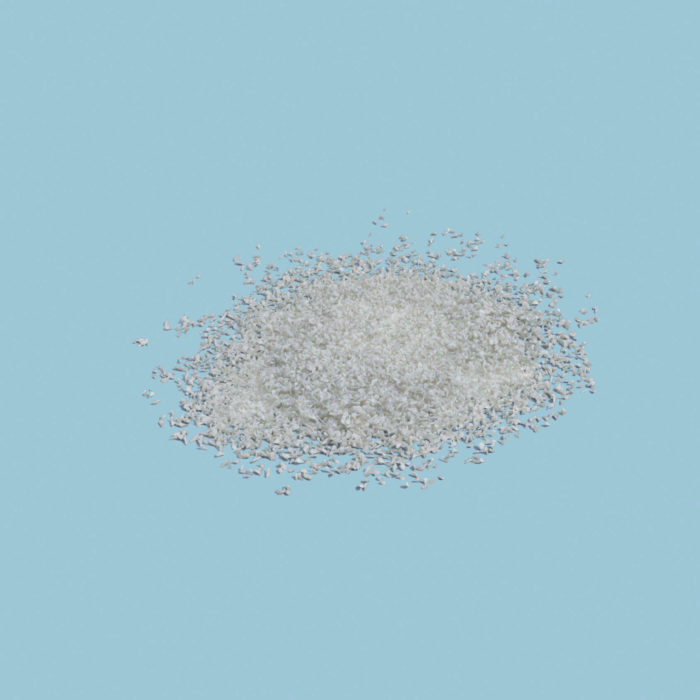
Allografts
Allografts are transplanted organs or tissue from one individual to another of the same species with a different genotype. For example, a transplant from one person to another, but not an identical twin, is an allograft. Allografts account for many human transplants, including those from cadaveric and living donors. Also known as an allogeneic graft or a homograft.
The most common source of allograft is via the donation of the femoral head, (medical term) for the part of the hip joint that is removed during hip replacement surgery. This is termed a living donation. Australian Allografts is committed to encouraging patients to become donors so that this critical source of bone graft can be collected, processed and distributed to enhance the life of a recipient in desperate need.
The other source of allograft is cadaveric, or deceased donation. This occurs with the consent of the next of kin, someone who had indicated a wish to donate during their lifetime, can leave an altruistic gift when they pass away, which can then enhance the lives of others.


Allografts are transplanted organs or tissue from one individual to another of the same species with a different genotype. For example, a transplant from one person to another, but not an identical twin, is an allograft. Allografts account for many human transplants, including those from cadaveric and living donors. Also known as an allogeneic graft or a homograft.
Types of allografts:
- Milled bone
- Bone blocks
- Femoral heads
- Osteotomy/ Tricortial Wedge
- Strut
- Cortical Segment
- Long Bone
- Condyle
- Hemi-Pelvis
100% Donated & Processed in Australia
- 100% traceable from donor to recipient
- Single donor packaging
- Post implant bioviligance
- Fully recoverable by private health funds/Medicare when implanted in registered theatre
- Terminally irradiated
- Low dose irradiated tendons (15kGy)
- Screened and processed in accordance with Therapeutic Goods Administration Regulations
Neuro & Spine
- Milled bone. Coarse (8-10mm). Fine (5-8mm)
- Block
- Ring
Orthopaedic & Sport Medicine
- Osteotomy/Tricortial Wedge
- Strut
- Low-dose Irradiated Tendons (15kGy)
Oral Maxillofacial & Dental
- Milled bone. Ultra fine (0.5-1mm). Ultra fine (0.5-1mm)
- Cortical Segment
Conventional Allograft
- Long Bone
- Condyle
- Femoral Head
- Hemi-Pelvis
- 100% traceable from donor to recipient
- Single donor packaging
Milled Bone

Milled Bone
| Item | Description |
|---|---|
| Milled <5 grams (<10cc equivalent) | Bone filling material consisting of both compact and spongy bone that has been fragmented to varying sizes through milling action; May be coarse, fine or ultra-fine milled; predominantly cancellous and free of cartilage. Packaged by net weight (gr) as indicated on packaging. Milled Bone (Coarse/Fine/Ultra Fine) Cortico-cancellous |
| Milled 5-9 grams (10-20cc equivalent) | |
| Milled 10-19 grams (20-38cc equivalent) | |
| Milled 20-29 grams (40-58cc equivalent) | |
| Milled 30–50 grams (60-100cc equivalent) | |
| Milled >50 grams (>100cc equivalent) |
- 100% traceable from donor to recipient
- Single donor packaging
Achilles Tendon, Tibia, Tibula and Fibula
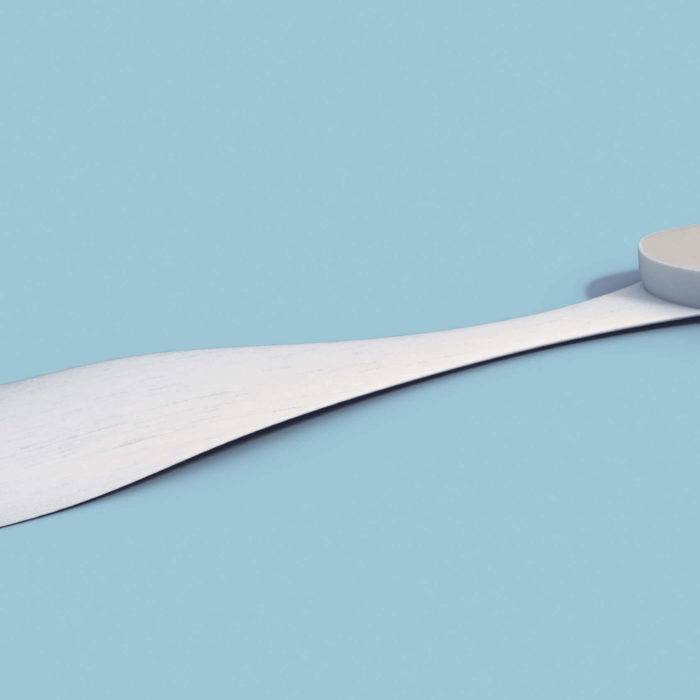
Achilles Tendon
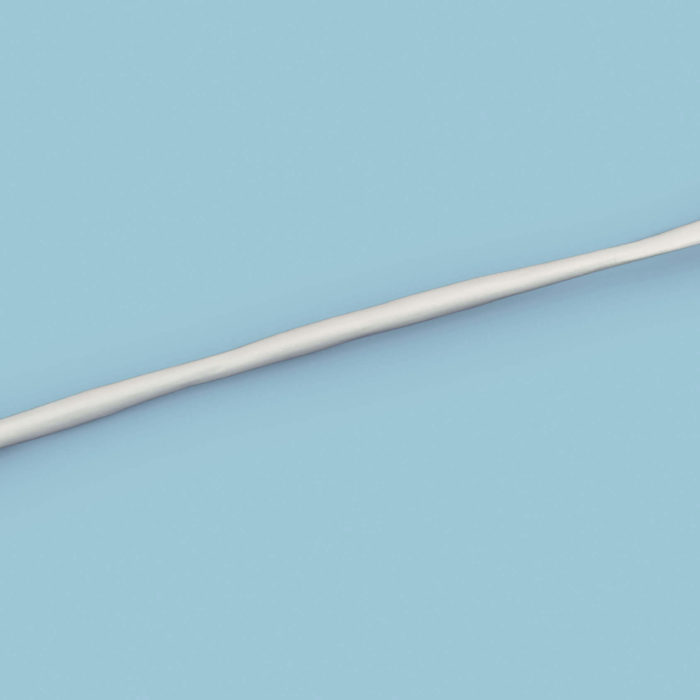
Fibula
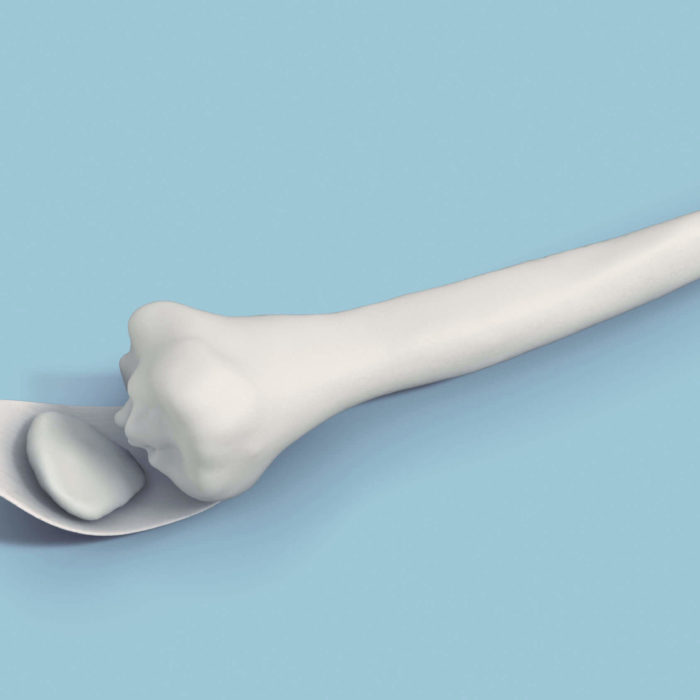
Tibia
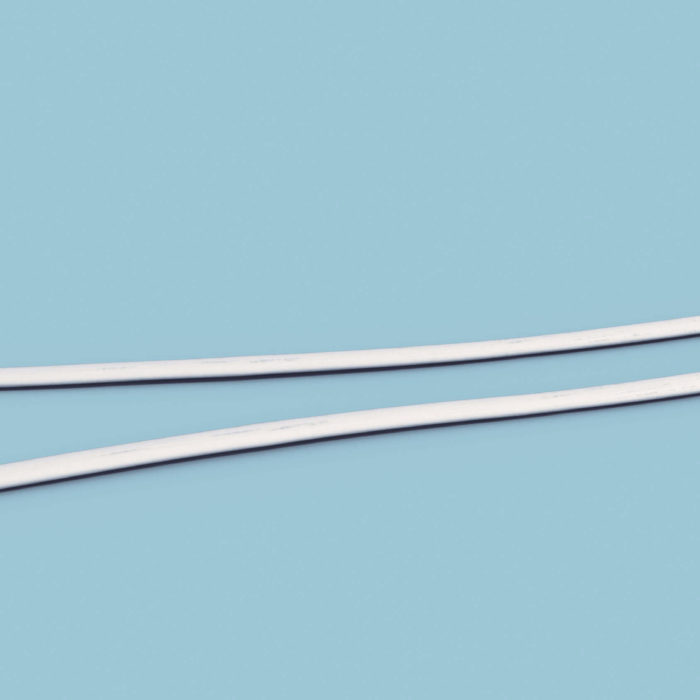
Tibialis
| Item | Description |
|---|---|
| ACL unit | Anterior Cruciate Ligament Unit - Patella & tendon with bone block that have been split. |
| Achilles Tendon | Achilles tendon attached to the bone block from the (left/right) calcaneus: at least 15cm in length, including bone block. |
| Achilles Tendon - Without bone block | Achilles tendon without section of calcaneal bone block. |
| Tendons | Tendon (or ligament) without bone attachment; examples are FDL, EHL, Semitendinosus, Gracillus, Tibialis Anterior and Posterior. |
| Tibia – proximal with Patella | Proximal Tibia with patella and tendon attached. |
| Tibia – proximal without patella | Proximal Tibia including tibial plateau, without patella and tendon. |
| Patella unit whole with or without tibial block | Patella & tendon left whole with bone block. |
| Fibula | May be removed in entirety including the head which articulates with the tibia, and the distal end (lateral malleolus). |
| Fibula segment (proximal/distal) | Proximal or distal segment of the fibula. |
- 100% traceable from donor to recipient
- Single donor packaging
Struts, Pelvis and Rings

Struts
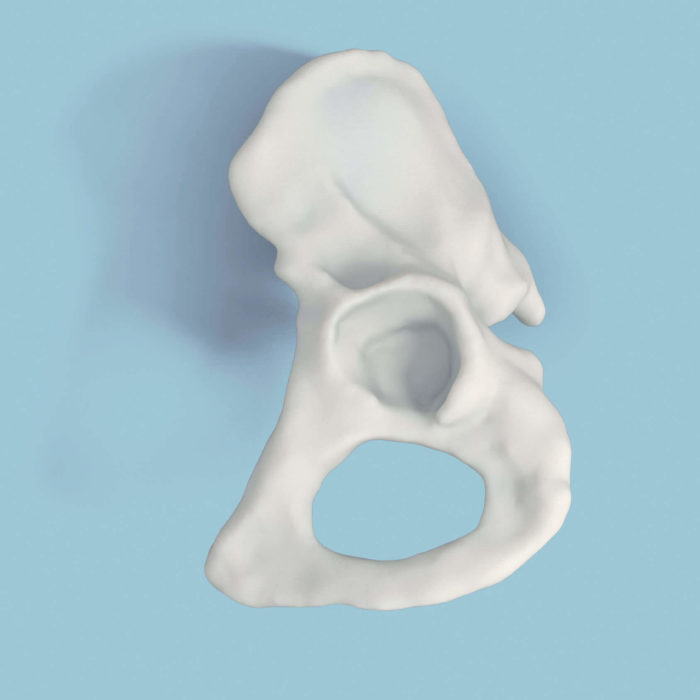
Pelvis
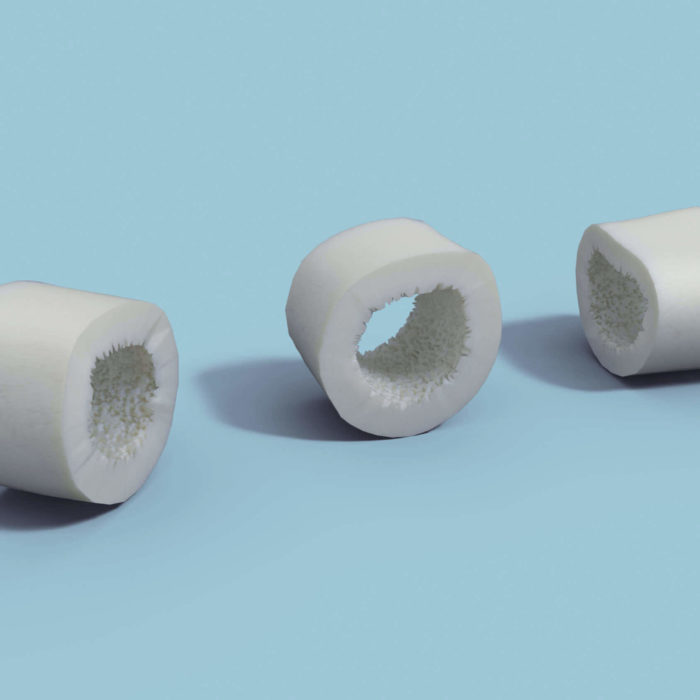
Rings
| Item | Description |
|---|---|
| Bone, Block, Ring | Small bone segments cut into block or ring shapes of various lengths and widths. May be cancellous or cortical or cortico-cancellous. Blocks are produced from femoral heads, patella, tibial or femoral metaphysis, tibial or femoral epiphysis; Rings are produced from fibula. |
| Strut 10 – 15cm | Cortical segments (plates) of bone of various lengths and widths - generally femoral or tibial. |
| Strut >15cm – 19cm | |
| Strut > 20cm | |
| Osteotomy Wedge | Section of Iliac Crest or Proximal Tibia / Tibial Plateau or Distal Femur or Femoral Head with three facets covered by Cortical Bone. |
| Iliac Wedge –Tricortical | |
| Iliac Crest | Wing of Ileum resected from hemipelvis. |
| Hemipelvis –Complete | Entire hemipelvis left or right, incorporating the ileum, ischium and pubis. |
| Hemipelvis –Acetabulum | The cup of the pelvis / hip joint |
- 100% traceable from donor to recipient
- Single donor packaging
Proximal Femur, Whole Femur, Distal Femur and Femoral Head
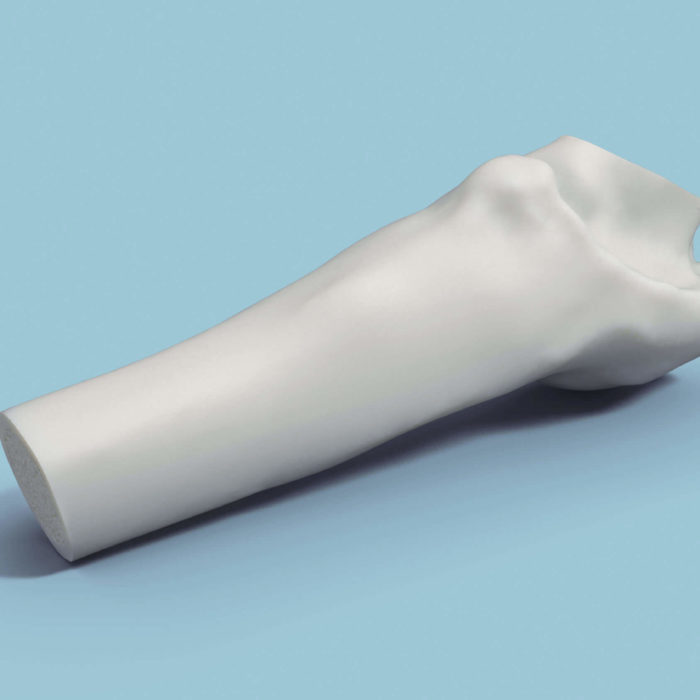
Proximal Femur
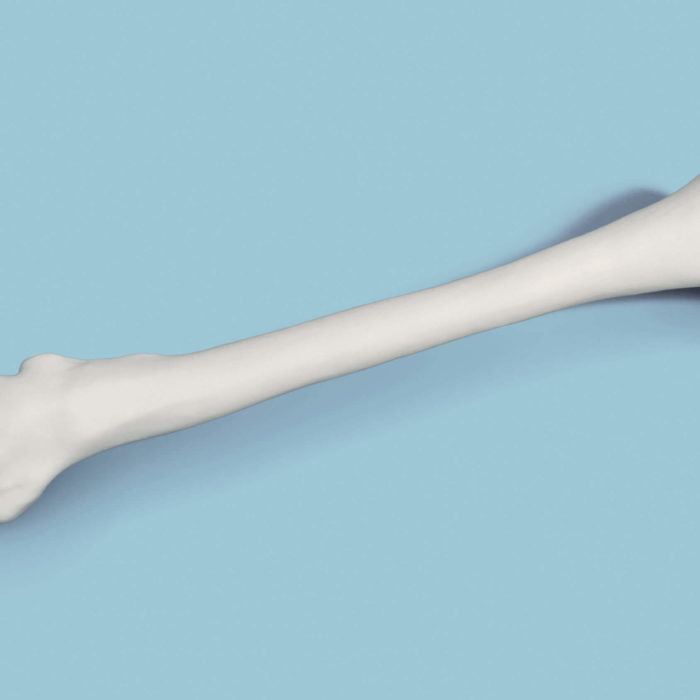
Whole Femur
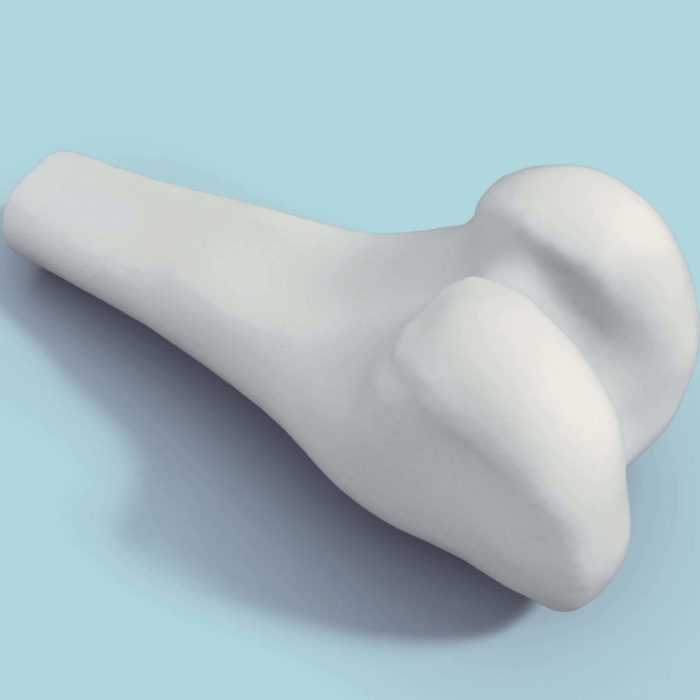
Distal Femur
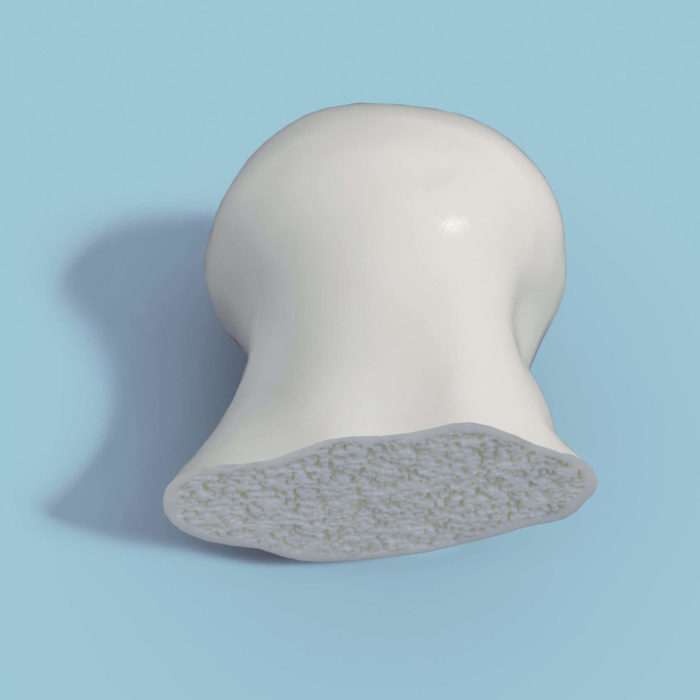
Femoral Head
| Item | Description |
|---|---|
| Femur whole | Entire femur left or right, with or without femoral head. If femoral head removed, transected at femoral neck. |
| Femur – distal | Distal portion of femur, transected through the shaft, incorporating both femoral condyles. |
| Femur – proximal with Femoral Head | Proximal portion of the femur, transacted through the shaft, with the femoral head. |
| Femur – proximal without Femoral Head | Proximal portion of the femur, transacted through the shaft, without the femoral head. |
| Femoral Head –whole | Head of the femur, removed from proximal femur - transected at the femoral neck; supplied as whole or half. |
| Femoral Condyle | (Lateral/Medial) lower extremity of the (left/right) femur inclusive of cartilaginous surfaces transected with approximately ¼ of the length of the shaft intact. |
| Femoral Ring | A cylinder of cortical bone, enclosing a cylinder of cancellous bone, cut from the shaft of the femur - depth in mm indicated on the packaging. |
| Femur / Tibia shaft middle third | The mid-portion of the femur or tibia removed by transecting the femur just below the diaphysis of the femur. |
- 100% traceable from donor to recipient
- Single donor packaging
Humerus
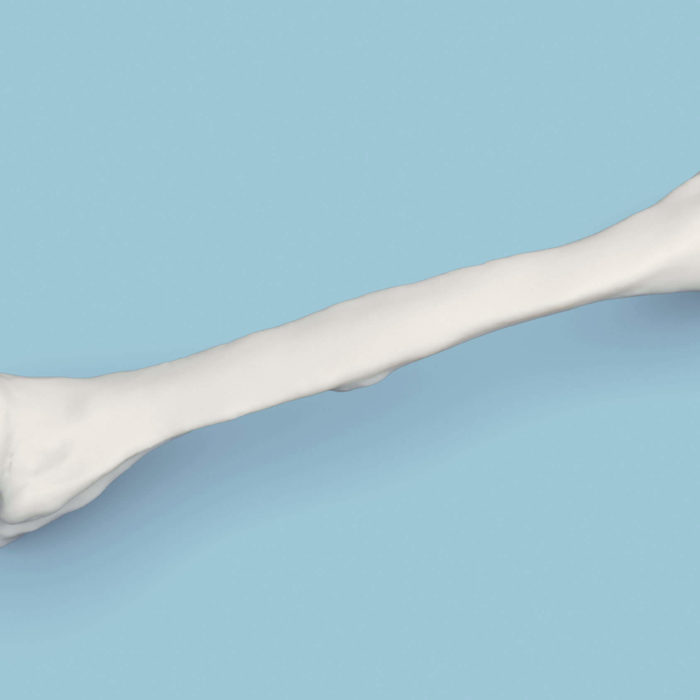
Humerus
| Item | Description |
|---|---|
| Humerus–whole | Entire Humerus including Humeral Head and both epicondyles distally, with or without Rotator Cuff mechanism of the shoulder. |
| Proximal Humerus -without Rotator Cuff | Proximal segment of Humerus, including Humeral Head transected mid shaft, with or without Rotator Cuff mechanism of shoulder. |
| Proximal Humerus -with Rotator Cuff | Section of Iliac Crest or Proximal Tibia / Tibial Plateau or Distal Femur or Femoral Head with three facets covered by Cortical Bone. |
- 100% traceable from donor to recipient
- Single donor packaging
Condyle, Patella and Femoral Shaft
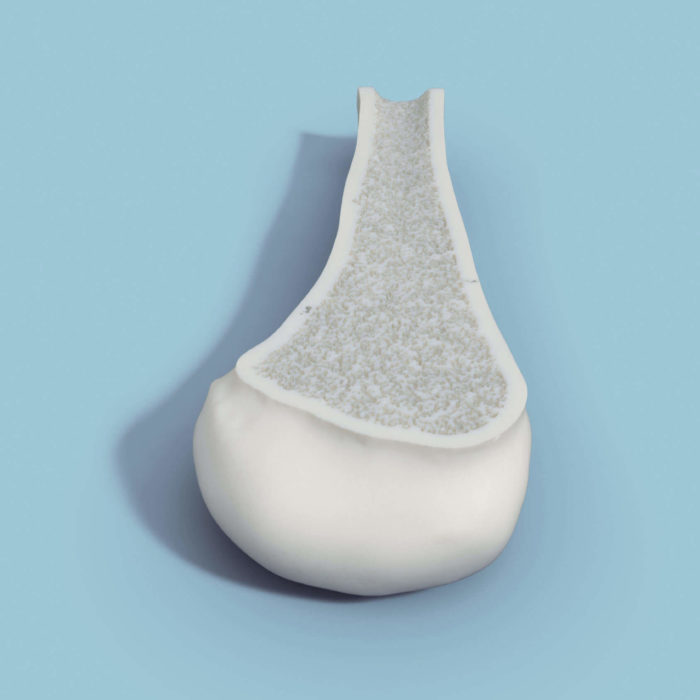
Condyle
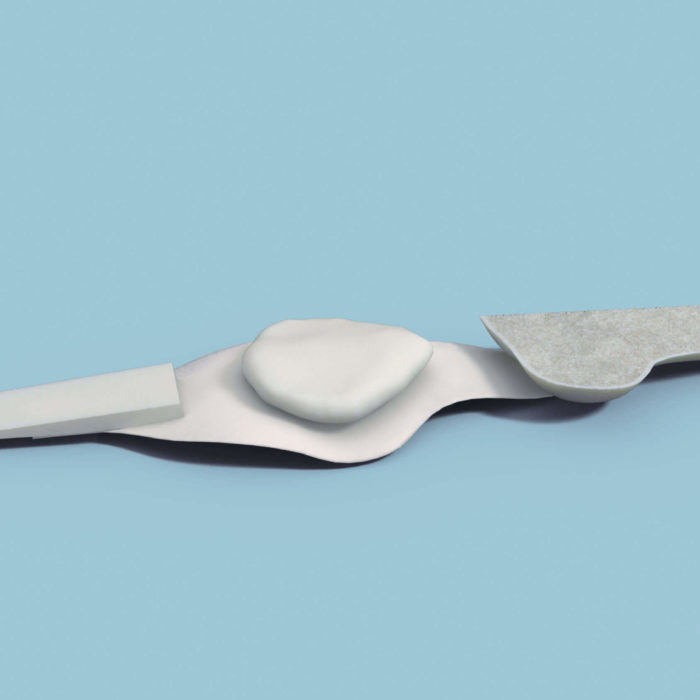
Patella
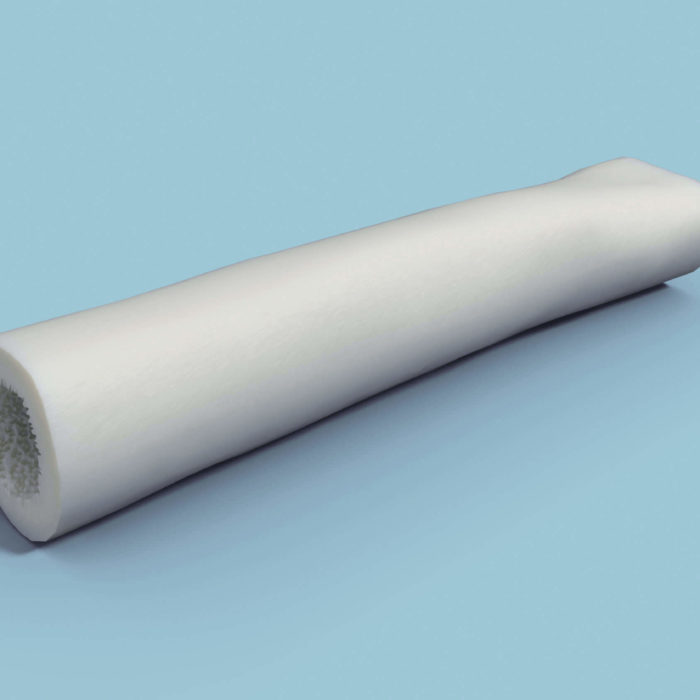
Femoral Shaft
| Item | Description |
|---|---|
| Femoral Condyle | (Lateral/Medial) lower extremity of the (left/right) Femur inclusive of cartilaginous surfaces transected with approximately ¼ of the length of the shaft intact. |
| Patella unit whole with or without Tibial Block | Patella & tendon left whole with bone block. |
| Femur/Tibia Shaft middle third | The mid portion of the Femur or Tibia removed by transecting the Femur just below the diaphysis of the Femur |
Leave a message and we’ll get in touch with you shortly.

